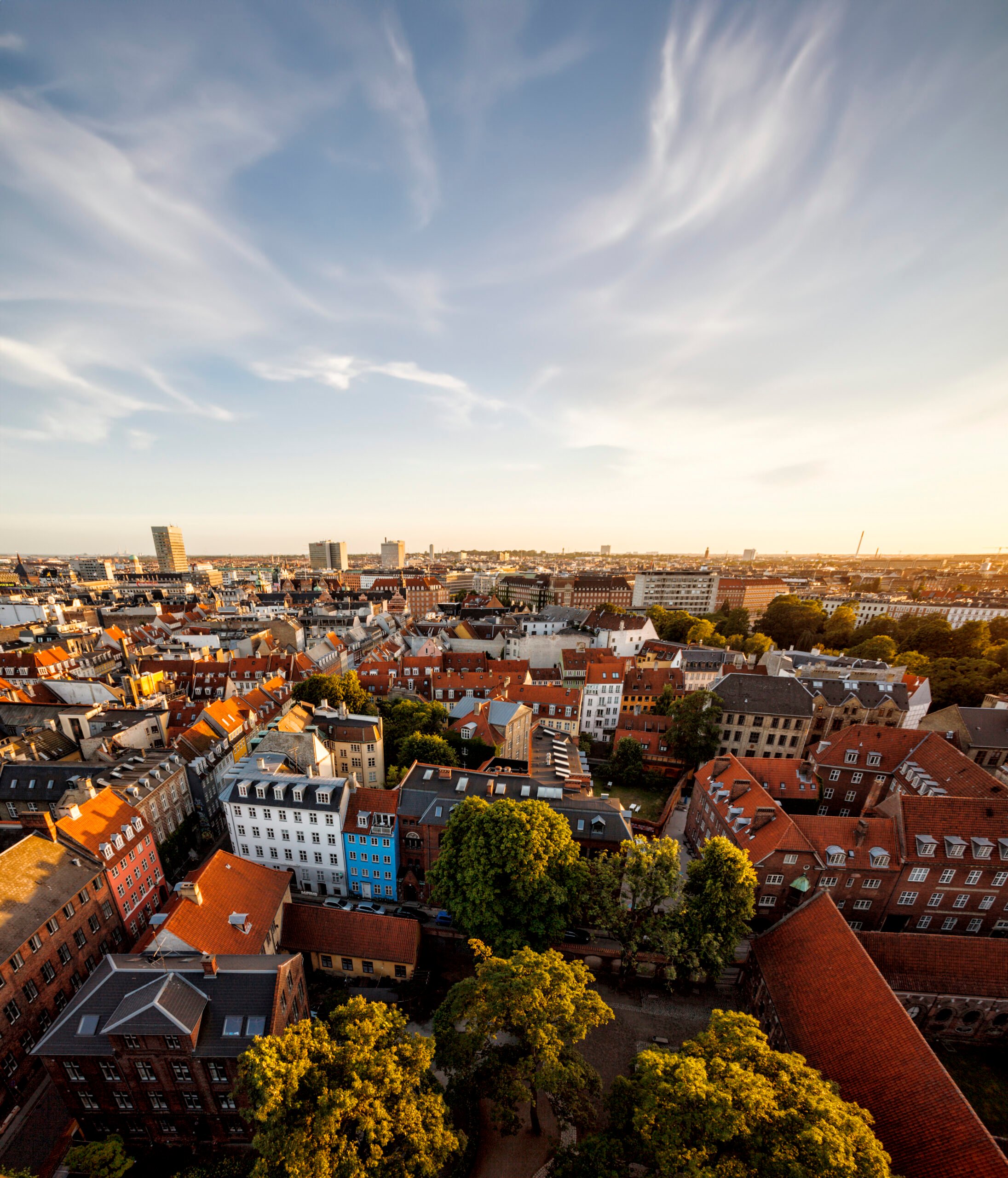News
District heating
Energy efficiency in buildings
Resource efficient production
An Almost Self-sufficient Community in South Zealand


The idea for the new green quarter Permatopia near the Danish town Karise began five years ago and just before the beginning of 2017, they cut the first sod. Over the course of this year, they will erect 90 residences around a common farm as a part of their project to establish a self-sufficient community.
With a total area of 29 hectares, the farm will have its own heating system and rainwater harvesting system to supply water for toilets and washing machines. They will install a 300 kW wind turbine and connect it to their shared electric installation. However, the turbine’s primary function will not be supplying power to the neighbourhood but rather provide the houses with heating through ground source heat pump systems.
- Related news: The Danish Island Langeland Has Cracked the Green Code
The residents will cultivate their surrounding fields and grow their own organic vegetables. The farm will also accommodate animals.
Initially the goal was for the neighbourhood to have its own separate supply network. However, legislation requires Danish citizens to connect to the public supply of water and electricity. The residents will therefore employ the public supply whenever weather conditions prevent the wind turbine from generating sufficient power.
- Related news: New White Paper: Urban Innovation for Liveable Cities
(Illustrations: House Arkitekter)
The supplier of the wind turbine has not yet been decided. The vice chairperson at the board responsible for the project, Kennet Harpsøe expects to buy a used wind turbine as the current market is unable to provide newly fabricated 25 kW to 2MW turbines .
- Related news: Sønderborg joins the UNESCO Global Network of Learning Cities
The board also hopes to use harvested rainwater from rooftops for their hot water supply. However, such plans requires another potential run-in with the legislation.
In the long term, solar cells and batteries will also be a part of the neighbourhood’s supply network.
The Danish architectural firm House Arkitekter is responsible for the drawings of the new project. They also provided guidance in each phase of the project while Danakon assisted in relation to technology and construction.
If everything goes as planned, the project will be completed by the end of the year.
You should consider reading
publications
Resource efficient production
+15















